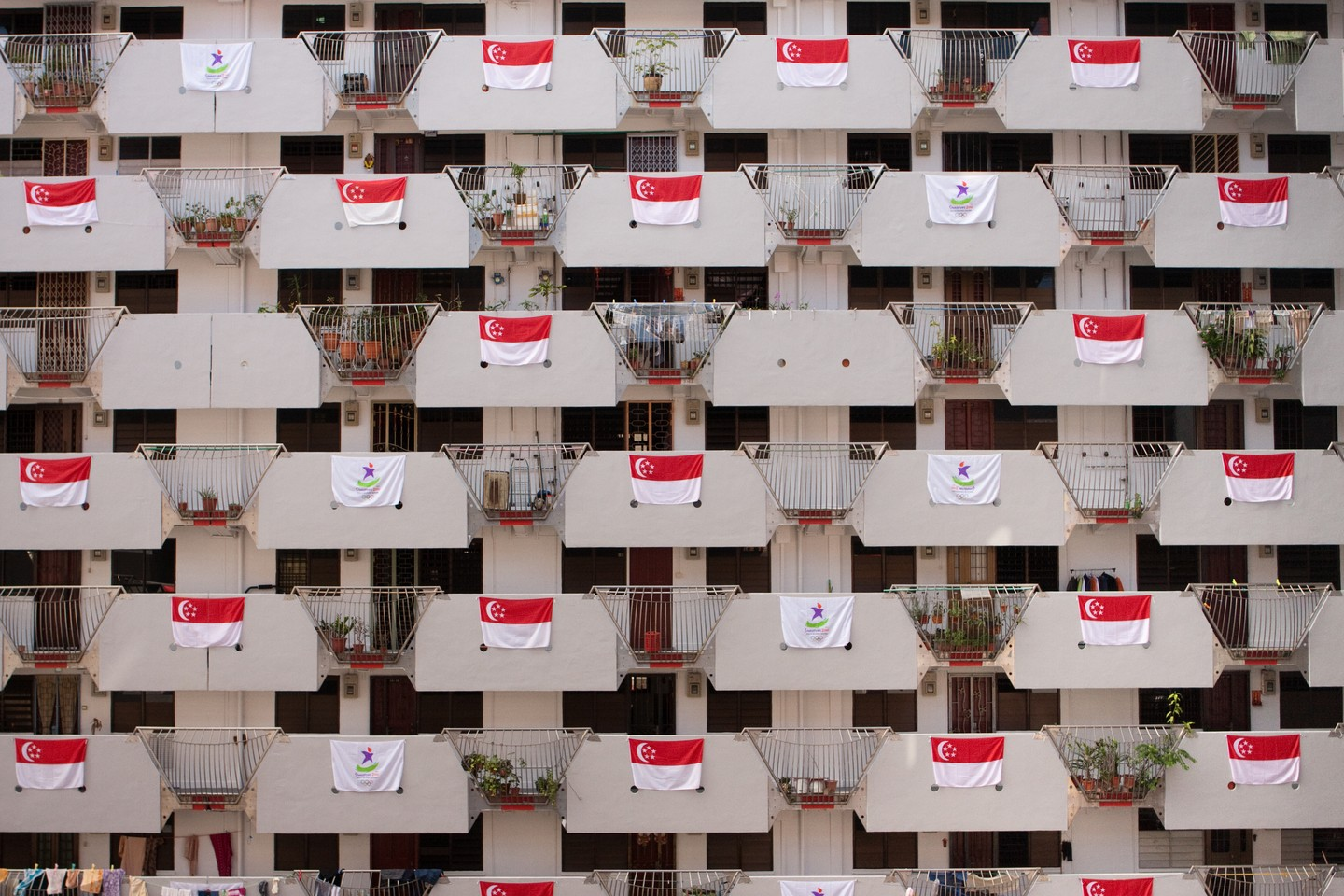
On every continent, there are pockets of political turmoil, driven in part by economic resentment. At the same time, the world is inexorably urbanising. More than half the global population already lives in cities, and the figure will be two-thirds by 2050. To cope, and also to strengthen their own legitimacy, governments need to address their citizens’ concerns. Housing is at or near the top of the list in many places.
In this regard, the experience of Singapore is worth considering. Even before it became independent in 1965, Singapore considered housing a high priority. Many people were living in unhygienic slums and squatters’ camps, and new immigrants were adding to the strain. On the basis that widespread home ownership would foster social stability, the government took concerted action to improve matters.
By any measure, it has succeeded. More than 90 per cent of households own their residences, up from 59 per cent in 1980, and they are well maintained, with social, commercial, transit, and recreational facilities readily available. In 2010, Singapore’s Housing and Development Board (HDB) won the UN-Habitat Scroll of Honour Award for “providing one of Asia’s and the world’s greenest, cleanest, and most socially conscious housing programmes”.
A survey of residents of HDB units in 2013 found that 91.6 per cent were satisfied with their homes and 92 per cent with their neighbourhoods. The provision of quality affordable housing has tethered Singaporeans to the dream of a more equitable future; it is a core part of the country’s national pride and identity.
Every country and city is unique, but the basic issue is the same everywhere: to craft policies that enable housing projects to be developed and financed to suit the needs of all levels of society. In addressing that question, Singapore, in effect, turned the problem of housing inside out, recasting it as an opportunity to build both the economy and the society.
As the government saw it, the state would not only be building homes but also a sense of community and national identity. That was important for a new, multiethnic country. Economically, the public-housing programme sought to make the home an asset, thus creating and managing a sustainable national housing market. Socially, the housing authorities envisaged building spaces that would encourage different ethnic groups to interact and to allow for multigenerational households.
In the early 1960s, Singapore was a developing country struggling to find its feet. In this context, providing every household with a decent home was a challenging goal. But by demonstrating its commitment to the population, the government hoped also to create a spirit of responsible citizenship and thereby contribute to political stability.
Making it work
For the programme to succeed, land had to be acquired, homes had to be built at a reasonable cost, and people needed to be able to own them. To solve the first challenge—particularly acute in a land-scarce city-state like Singapore—in 1967, the Land Acquisition Act empowered the government to acquire private land at market prices.
With respect to building, HDB was set up in 1960 to be the sole independent agency in charge of planning and executing the housing programme. Since its early days, HDB has earned a good reputation for creating self-sustaining, high-rise town-planning designs, complete with social and commercial amenities and efficient public transport. It continues to be highly regarded for its innovative planning and design.
“
Every country and city is unique, but the basic issue is the same everywhere: to craft policies that enable housing projects to be developed and financed to suit the needs of all levels of society.
To give one example, as people’s expectations have risen, planners have worked to design each new township with a distinctive identity. For another, HDB uses the most modern construction techniques, such as precast and prefabricated volumetric construction.
HDB has also embraced the concept of sustainable design, integrating highly efficient energy, water, and waste-management systems in its townships. The Treelodge@Punggol HDB project in northeast Singapore, designed by Surbana Jurong and completed in 2010, is an award-winning eco-development. Since 1960, the HDB has built more than a million units; these house more than 80 per cent of Singapore’s citizens.
How was all this paid for? The Central Provident Fund (CPF) has been critical.
Established in 1955 and revised several times since, this compulsory savings plan for every working Singaporean and permanent resident is funded by individuals and their employers and helps to pay for retirement, healthcare, and housing. Citizens can draw from their CPF at low interest rates and use the money to buy their homes. The CPF therefore actively supports home ownership and ensures that public housing is within reach of the population, so that less than a quarter of a first-time buyer’s monthly household income is used to pay for his or her mortgage installment.
Increasing urbanisation and aging, growing populations will test the ability of many societies to develop the housing and social amenities that future populations will both aspire to and be able to afford. Political and social environments vary considerably.
Even so, it is clear that Singapore’s public housing record is one that city planners and world leaders can learn from. Government policies and programmes—specifically the creation of a single independent agency accountable for results, and the steady financial resources derived from the CPF—have been the basis of this success. Singapore has shown that the provision of affordable housing for all can be a force for stability.
Given the turbulent times, that may be the most important lesson of all.
